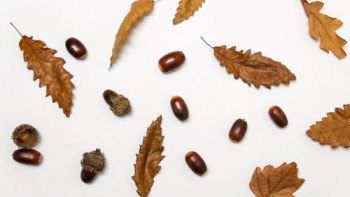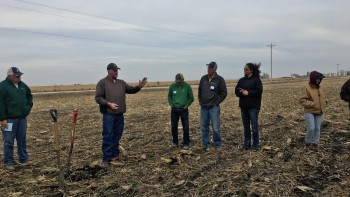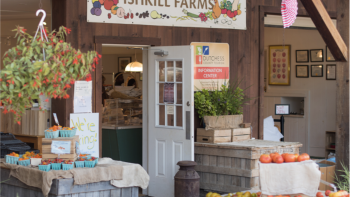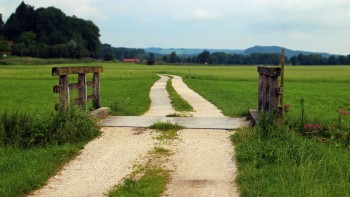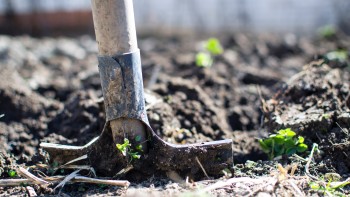Katie Sierks
Katie is on the Microsoft Carbon Removal Team. She works to catalyze development of high-quality carbon removal at scale.
She previously worked in product management at Granular where she helped build the Corteva soil carbon program. Her team enabled farmers to adopt new, soil health-building practices that sequester carbon. Katie also has experience working across the agricultural supply chain at Cargill and Walmart in engineering, corporate sustainability, and supply chain management. She graduated with honors from Harvard College with a degree in Environmental Engineering and a minor in Earth and Planetary Sciences. She enjoys hiking, cross country skiing, pickleball, and soil science.
